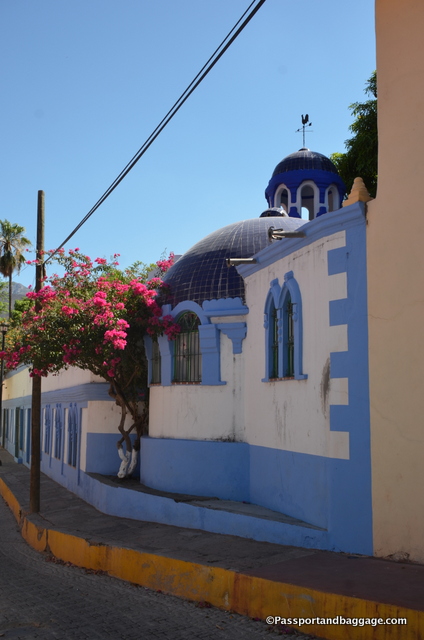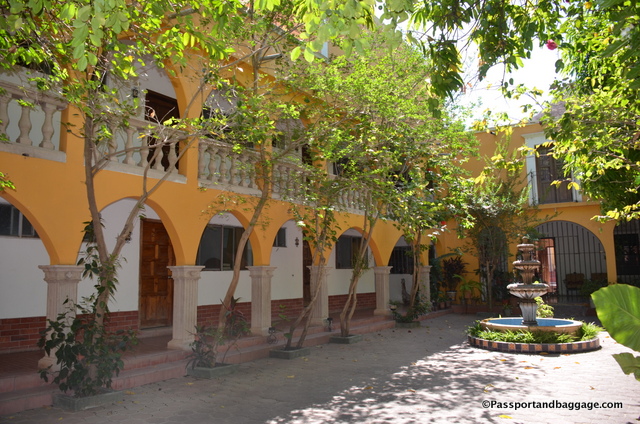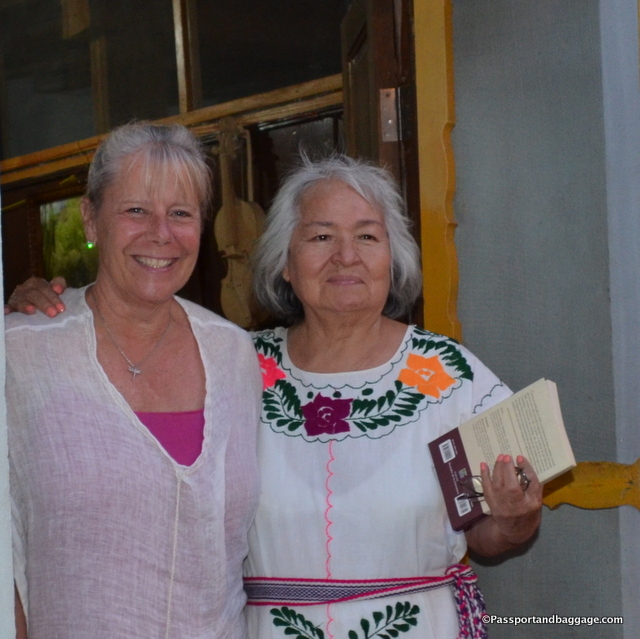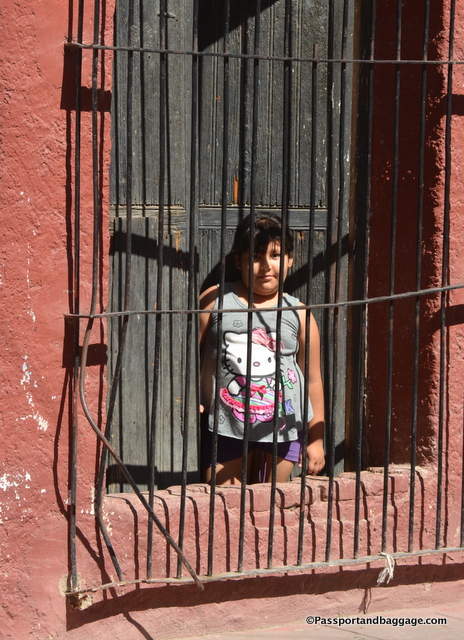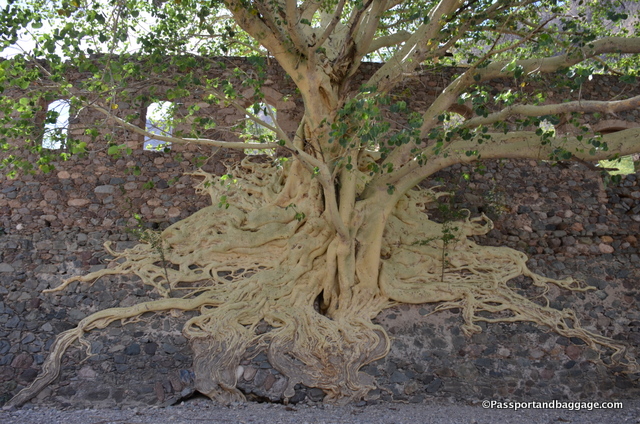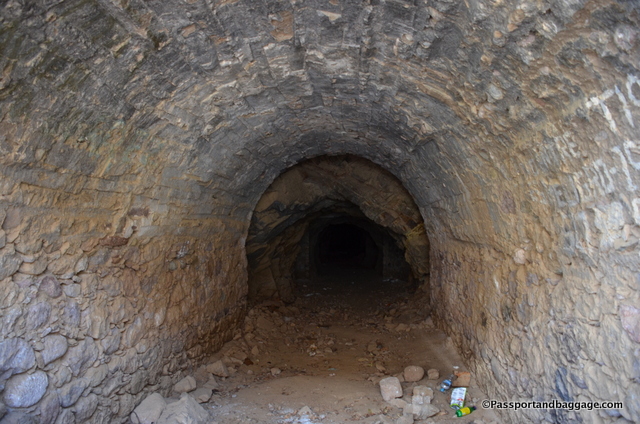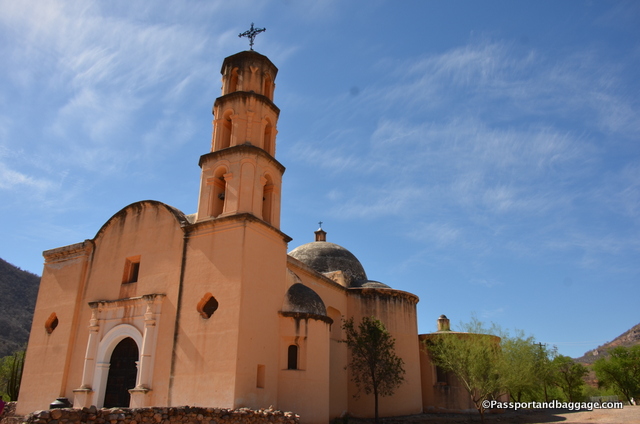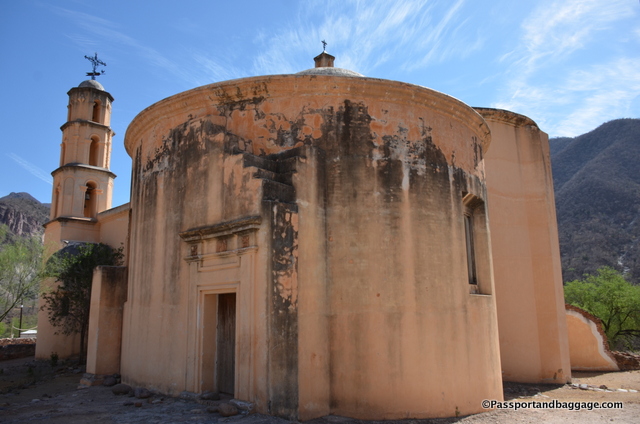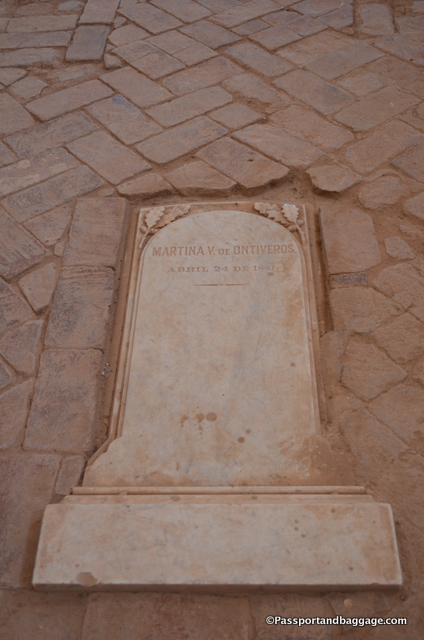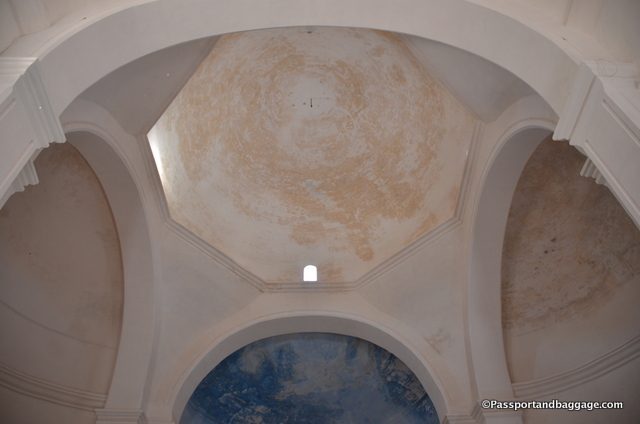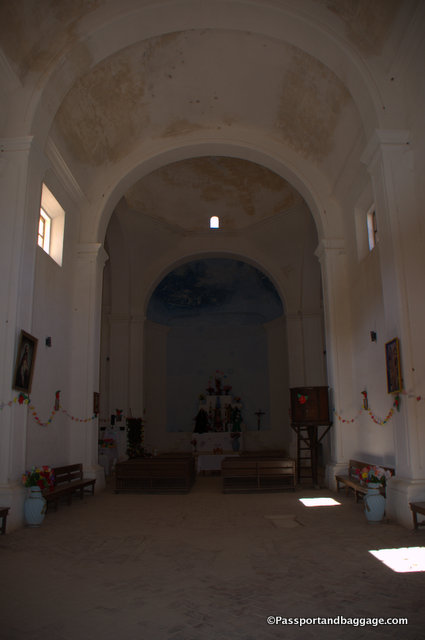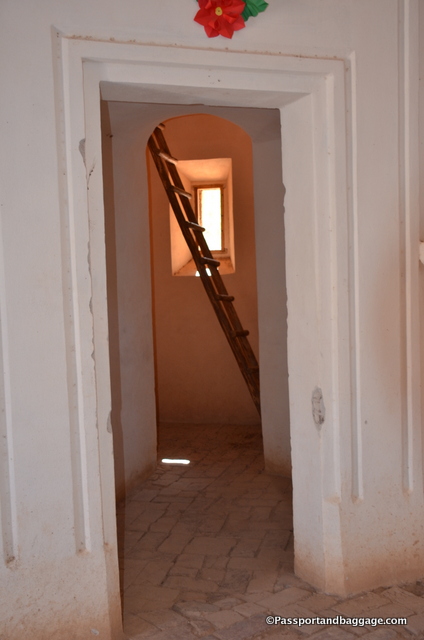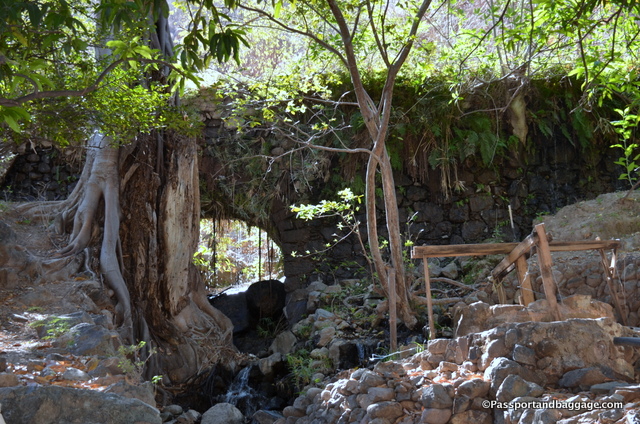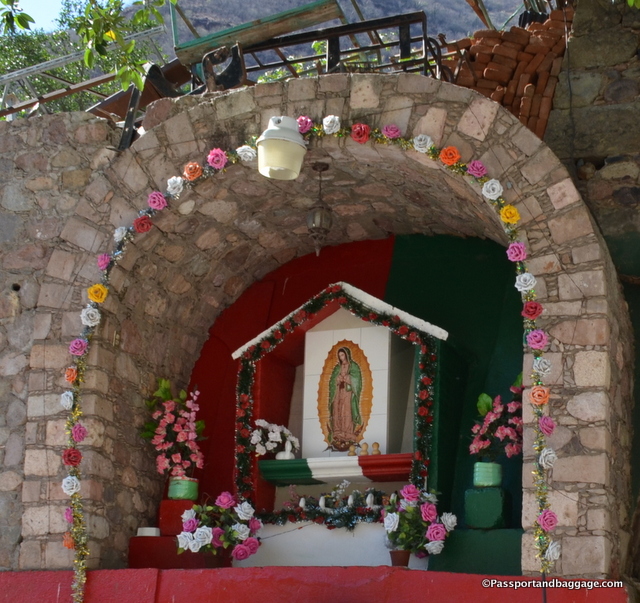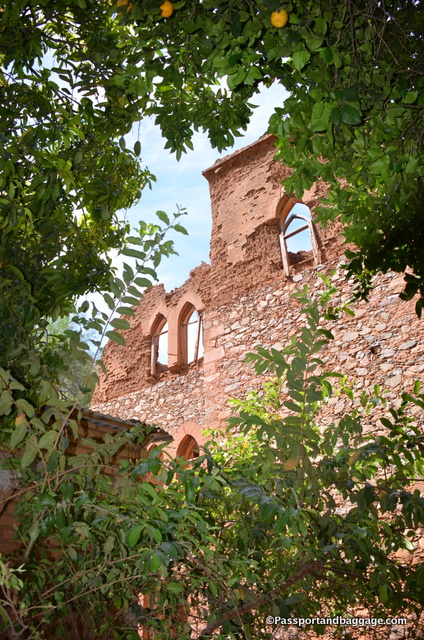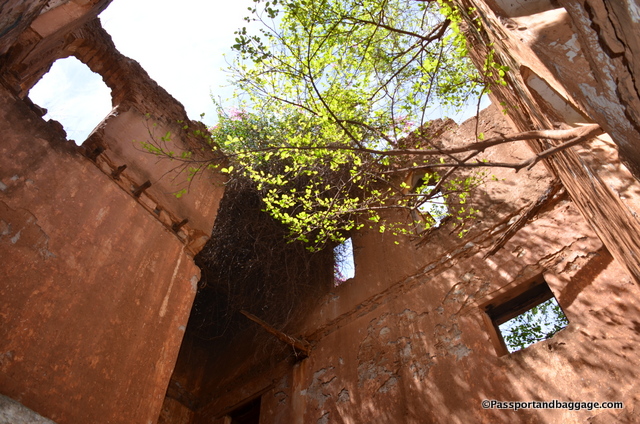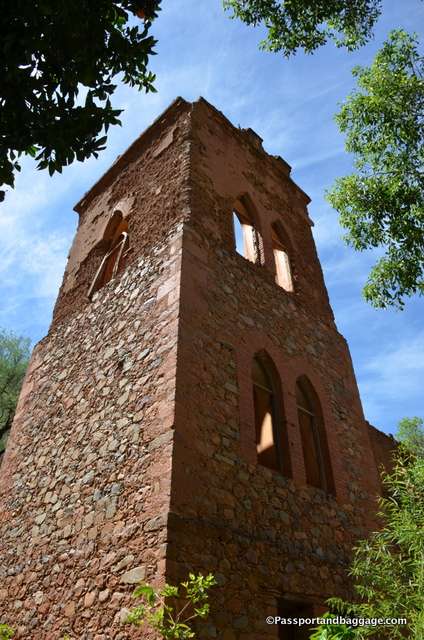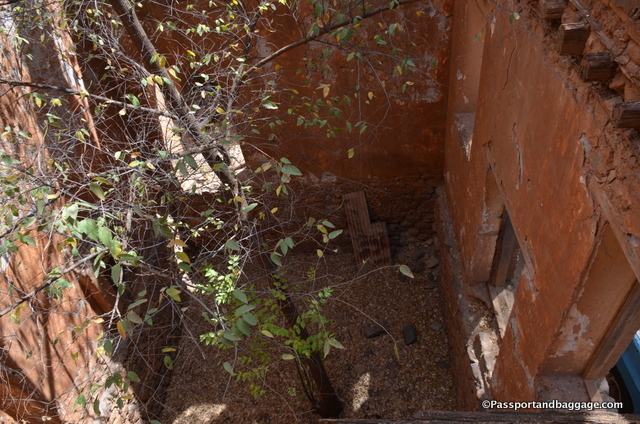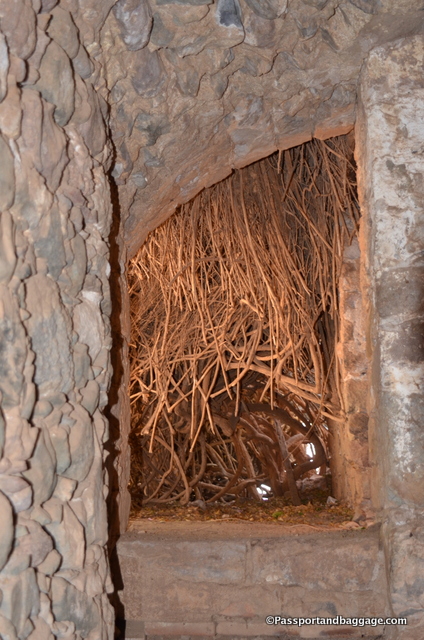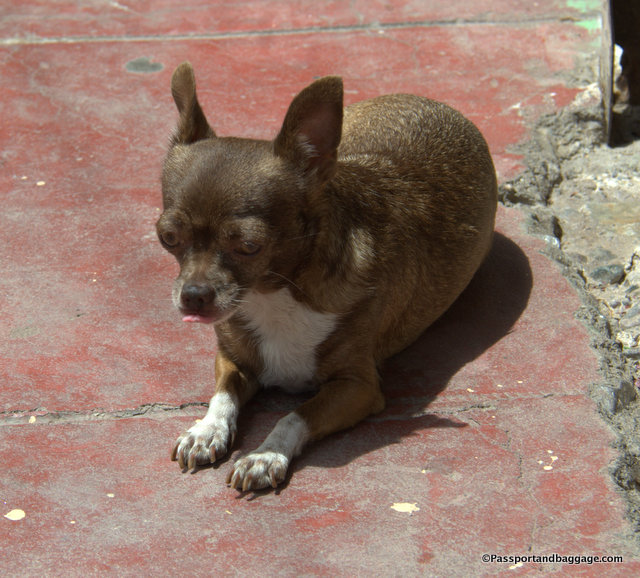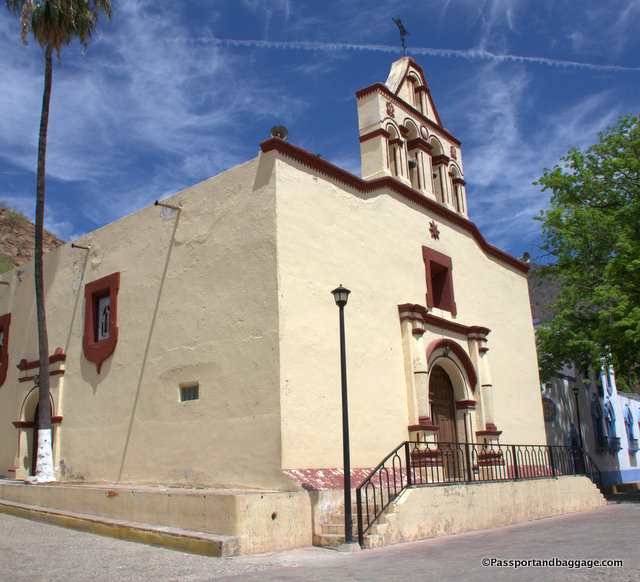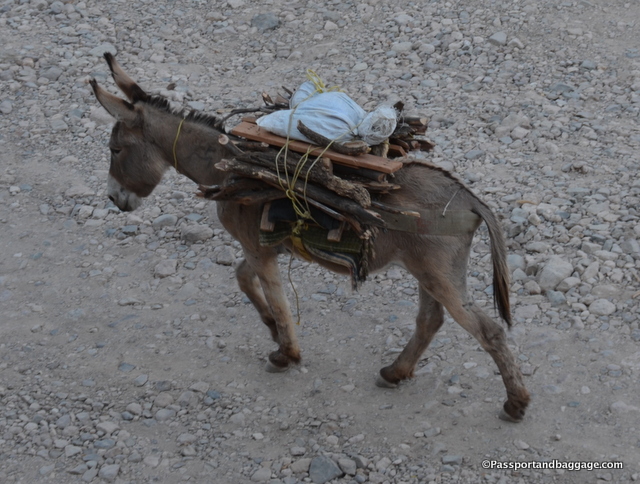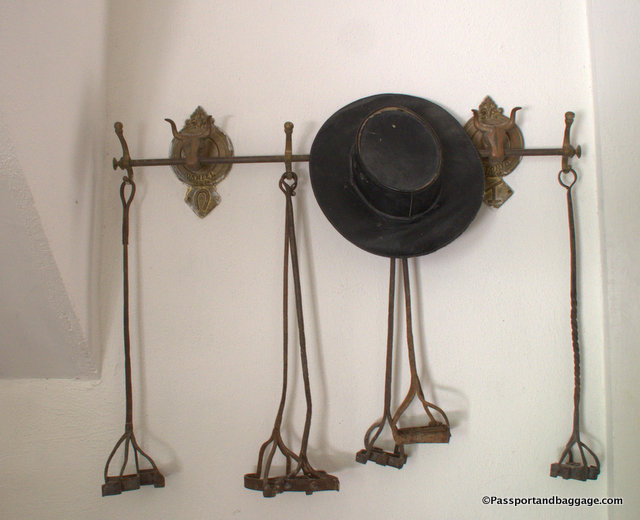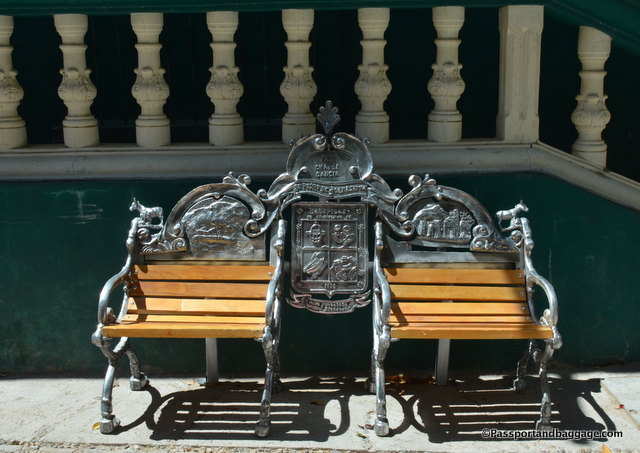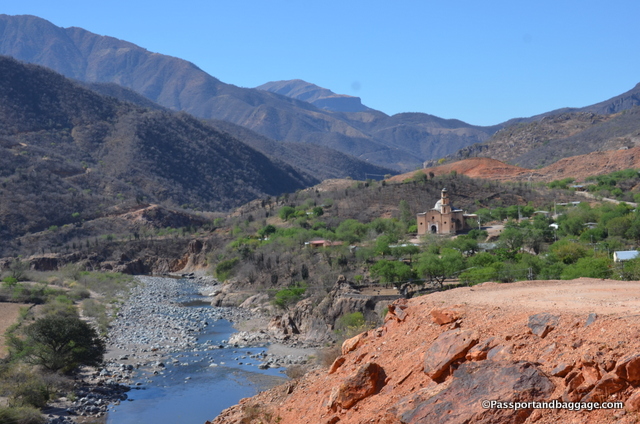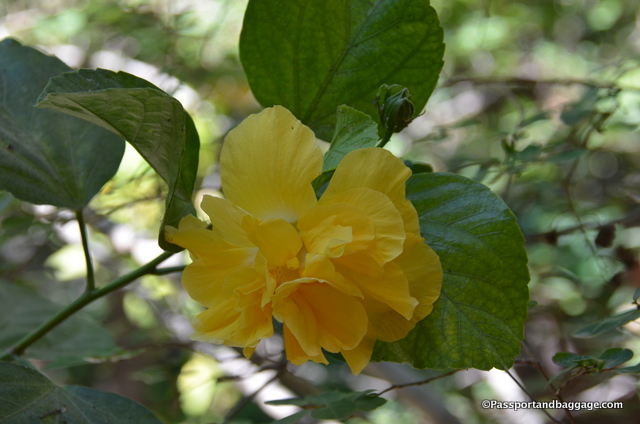May 2017
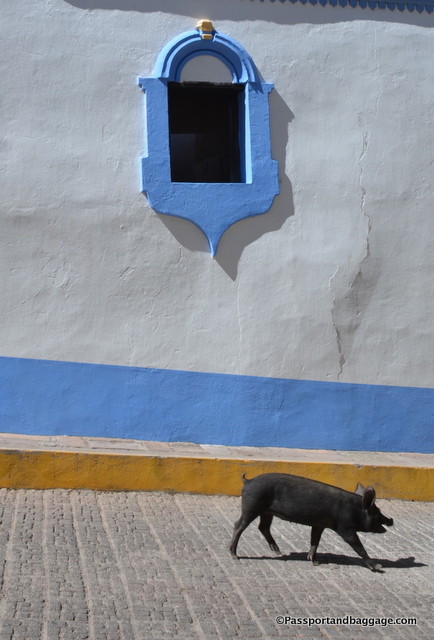 Enchanting is the only appropriate word I can find for the small pueblo of Batopilas, in the state of Chihuahua, Mexico. ¡Me Encanta! would be my next few.
Enchanting is the only appropriate word I can find for the small pueblo of Batopilas, in the state of Chihuahua, Mexico. ¡Me Encanta! would be my next few.
We visited in the first week of May 2017 and were the only non-residents in town. December and January are the busiest months for Batopilas, and even then ten outside visitors would be considered a lot.
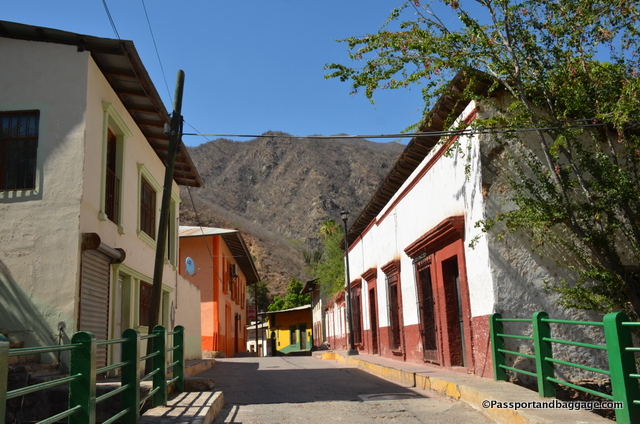 This small town dates to 1632, occupied by Spanish conquistadores with silver mining being its purpose for existence. These prolific mines have brought fortune to many men throughout history.
This small town dates to 1632, occupied by Spanish conquistadores with silver mining being its purpose for existence. These prolific mines have brought fortune to many men throughout history.
A fire, in 1740, destroyed the town’s records, but a Jesús Sánchez Pareja did manage to record some of the towns more significant memories, mainly celebrations of the births and deaths of Spanish kings.
The Jesuit expulsion was recorded in 1767 and then the accumulation of wealth by Don Angel Bustamante in 1800. Bustamante built the magnificent Hacienda de San Miquel, that still sits along the Batopilas River. Although here records conflict, as some say that the Hacienda was built by Alexander Shepherd.
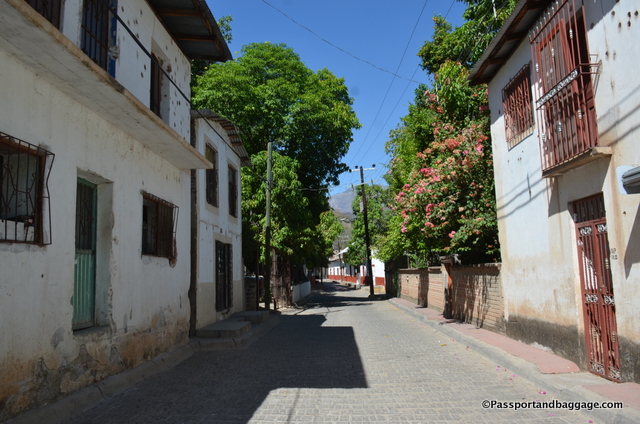 The War of Independence was proclaimed in 1821 exiling many Spaniards and mining ceased for 20 years. During this period many locals left, seeking employment elsewhere, and only 10 families remained.
The War of Independence was proclaimed in 1821 exiling many Spaniards and mining ceased for 20 years. During this period many locals left, seeking employment elsewhere, and only 10 families remained.
In the 1840s Mexican Dona Natividad Ortiz and her associate, Nepomuceno Avila reopened some of the closed mines and located several new veins.
By the 1860s, the Americans began to arrive in Batopilas, the most notable being Alexander Shepherd, the last governor of Washington DC. Shepard purchased the Hacienda de San Miquel and began further exploration of the silver mines. During this period the pueblo saw between four and five thousand inhabitants working the mines. Many of the buildings around the central square can be dated to this period.
Over the centuries scores of hugely productive silver mines have been dug in the area; one estimate is that mines in the area have produced seven times as much silver as has come from the famous silver mine of Kongsberg, Norway.
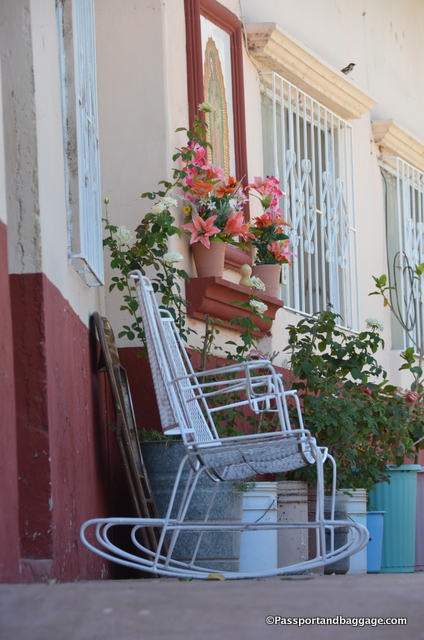 Mining ceased to be profitable and today, Batopolis is the poorest area of the state of Chihuahua with its meager 1502 citizens.
Mining ceased to be profitable and today, Batopolis is the poorest area of the state of Chihuahua with its meager 1502 citizens.
Presently there are 2 restaurants in town, both in the homes of their owners. Dona Carolina’s and Dona Mica. Going back and forth between the two, to spread the wealth as it were, was our modus operandi, with no meal for three being much more than $30 US and that included beer at dinner. The food at both was more than you could eat and delicious.
We stayed at Hotel Juanita’s. It is three floors tall with ten rooms. The hotel is run by Juanita Morales and her husband who was away while we were guests, moving the cows from one location to another. They have two children, both living in parts of Mexico with employment. Each room is clean and equipped with a fan and a crucifix. According to Lonely Planet, Juanita said if you don’t like Jesus you can go elsewhere. This can be attested to by her regular attendance at the church just down the street, which she makes sure you know in case you should need anything while she is not there to attend to your needs. There is a lovely patio, and chairs and tables at the end of each wing that overlooks the river and catches the afternoon breezes, the perfect place to lose yourself in a book.
Next to Juanita’s is a small home with a sign that says rooms to let and handicrafts for sale. This is the House Monse, it is the home of Ma. Monserrat Alcarez Urias, her prices are high, but her heart is of gold. She sells, primarily baskets, but a Tahuramara drum or belt can also be found in her eclectic home. She self-published two books, one on the native plants and their uses as local medicine and one on the history of the area. If you read Spanish they are worth picking up, despite their rather florid writing and lack of substantial content.
Entertainment in town is non-existent and the town shuts down very early, so exploring should be done during the day. There are a few highlights both in town and in the surrounding area. However, there is a very good mining museum. What it lacks in substance it makes up for in wonderful old photographs and a very enthusiastic caretaker.
Architecturally the Hacienda de San Miquel is the central edifice in town. It is in complete ruin, beautifully overrun by bougainvillea. The most eye-catching thing about the building as you look at it across the river are the huge Tescalama trees with sinuous roots weaving in and out of the stone wall. This stunning ruin would benefit greatly from a munificent donor and a restoration specialist.
The Porfirio Díaz Túnel can be found very near the main bridge in town. This tunnel is apparently one of the largest in the country and was constructed in the 1880s, as can be seen by the date 1890, over the tunnel entrance.
A short drive or hike (3.7 miles) down a dirt road will take you to a second architectural gem, the church of San Miguel de Satevo. The church is part of the Santo Angel Custodio de Satevo Mission, of which very little is known as a fire destroyed all its buildings and records in the late 1800s.
It is thought that the church was built between 1760 and 1764 and once served a fairly large Tarahumara community.
The church consists of a three-tiered bell tower and three domes (a large main dome above the sanctuary, a medium sized dome over the library that once connected the church with the monastery, and a small dome above the bell tower)
The church, despite some plaster being placed on the interior and exterior over the years, was built entirely of fired brick and mortar. Bricks were molded, dried and fired on site while calspar taken from the silver mines was burned with river sand to make a durable limestone and sand mortar.
Large wooden doors beckon you into a very simple church with a stone floor, containing uneven spots that are quite obviously old graves. At least one has a marble tombstone to mark its place.
There is also an aqueduct that runs through the town of Batopilas, that is best seen along the road at the very north end of town. The aqueduct was built by Alexander Shepard to generate hydroelectric power to light the mines and operate the foundry. Today it is still the town’s main source of water and electricity.
It is Sunday, around 5:00, and I watch the women come out with brooms and shovels to tidy up. I understood the women sweeping the stairways, and possibly even the ones that swept the dirt paths in and out of town, but the women with brooms and hoes in the middle of the river, I never did quite understand what they were accomplishing. Around 6:30 they all gathered, rounded up their children that had been playing all day in the river and headed home. As the hillside became barren of people a lone, pristine white, paper plate floated for minutes on the breezes over the river to settle where someone had spent hours before removing every speck of dust from the sidewalk.
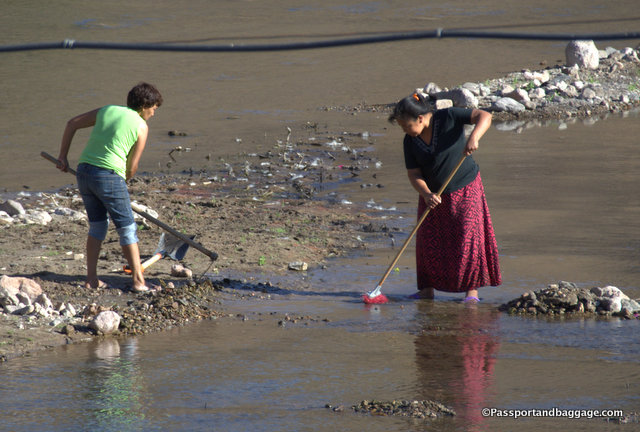 On Monday morning I talk with Ma. Monserrat Alcarez Urias and she asks me for ten pesos for cleaning. We begin to talk and I realize the ten pesos I give her will go to the church, that then goes to the woman that clean the town. Yes, it is a way of keeping pride in the town, but it is obviously also a way to get money to the women of this dirt poor pueblo.
On Monday morning I talk with Ma. Monserrat Alcarez Urias and she asks me for ten pesos for cleaning. We begin to talk and I realize the ten pesos I give her will go to the church, that then goes to the woman that clean the town. Yes, it is a way of keeping pride in the town, but it is obviously also a way to get money to the women of this dirt poor pueblo.
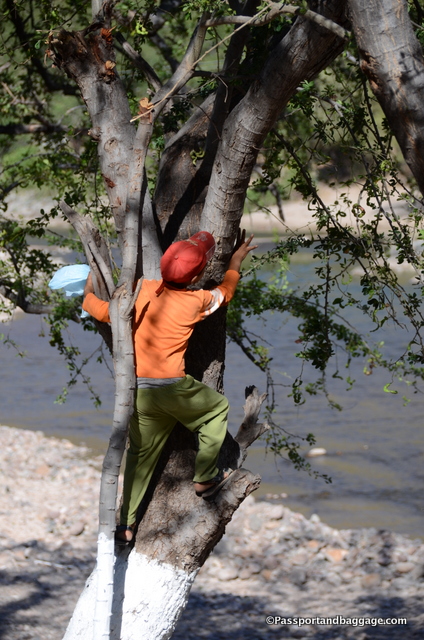
A little boy looking for beans in the mesquite tree, they are of a very high nutritional value, important in this area where poverty is the norm, and they grow wild, so they are free.
Across the river from Juanita’s is a single story building that appears to be a dormitory. All during the day, men in plain clothing go in and out with a semi-automatic weapon strung across their chest. Sunday evening, they put all their belongings into black garbage bags, run across the bridge and disappear into the night. I asked why they were here and received a half-hearted answer: for the traffic, but what kind of traffic I will most likely never know, I promise it is not auto traffic.
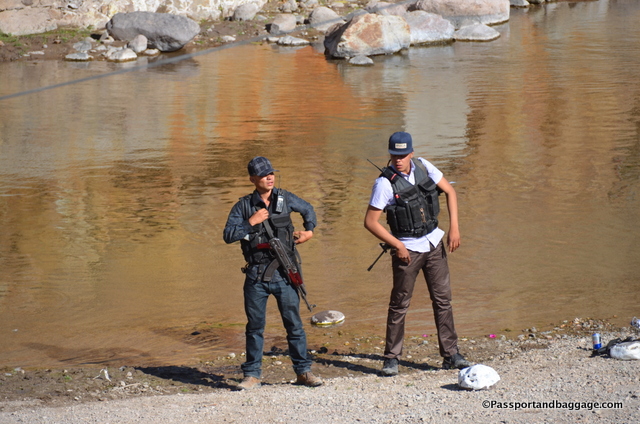
These gentlemen were not in uniform and spent the weekend at the house across the river. Who they are and why they were carrying guns remains a mystery.
For such a poor and tiny town there were several nice cars, at least the people I spoke with admitted these were narcos. It was very hard to get anyone in the Copper Canyon to discuss the drug situation.
The absolute peace and quiet of this small town is hard to explain and is why it is worth spending a few days. There is free wifi on the main square, but I never did figure out how it worked. You are cut off from the world here and become part of the village for the simple reason that there are no cafes or restaurants, so you are at the mercy of the families that have opened their homes and made you a part of their family.
*
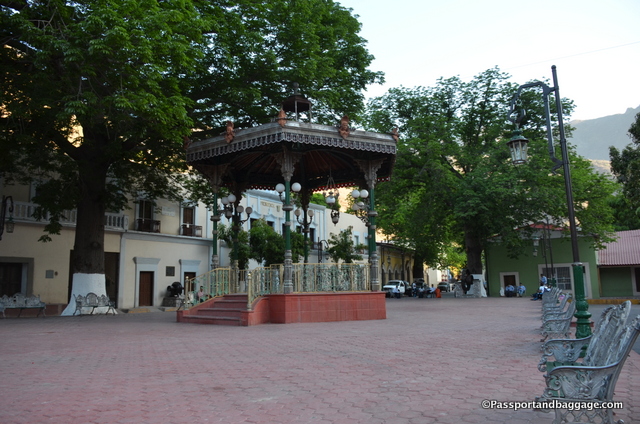
The main Zocolo of Batopilas, you can pick up wifi here, so the benches were full before and after school with kids on their phones.
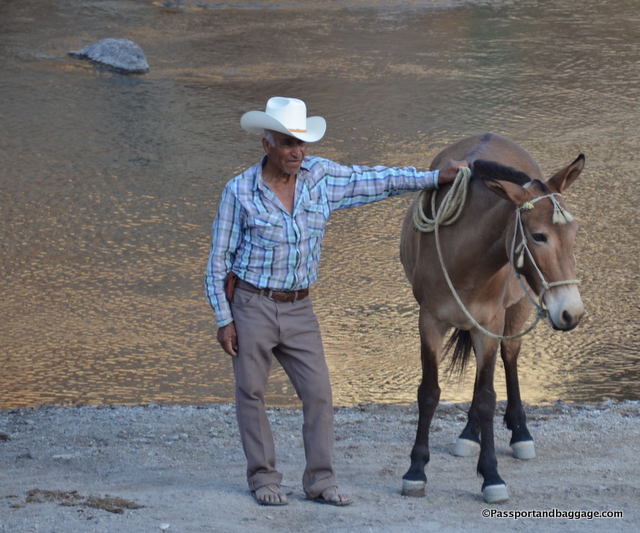 So much of the activity of Batopilas occurs around the river.
So much of the activity of Batopilas occurs around the river.
*
